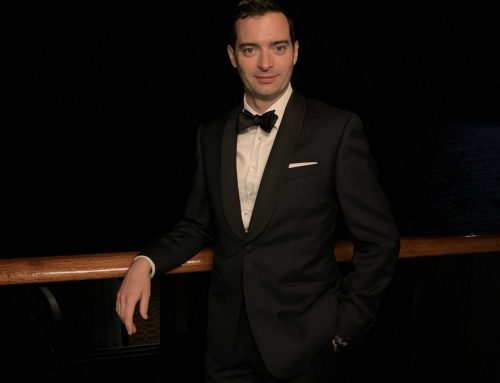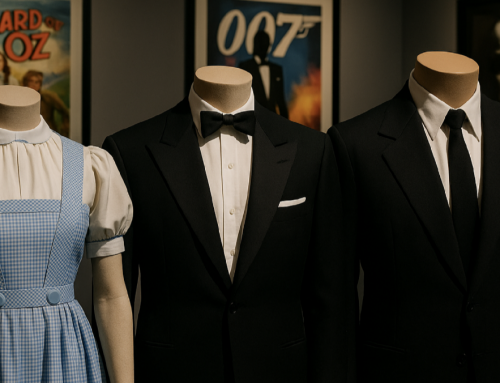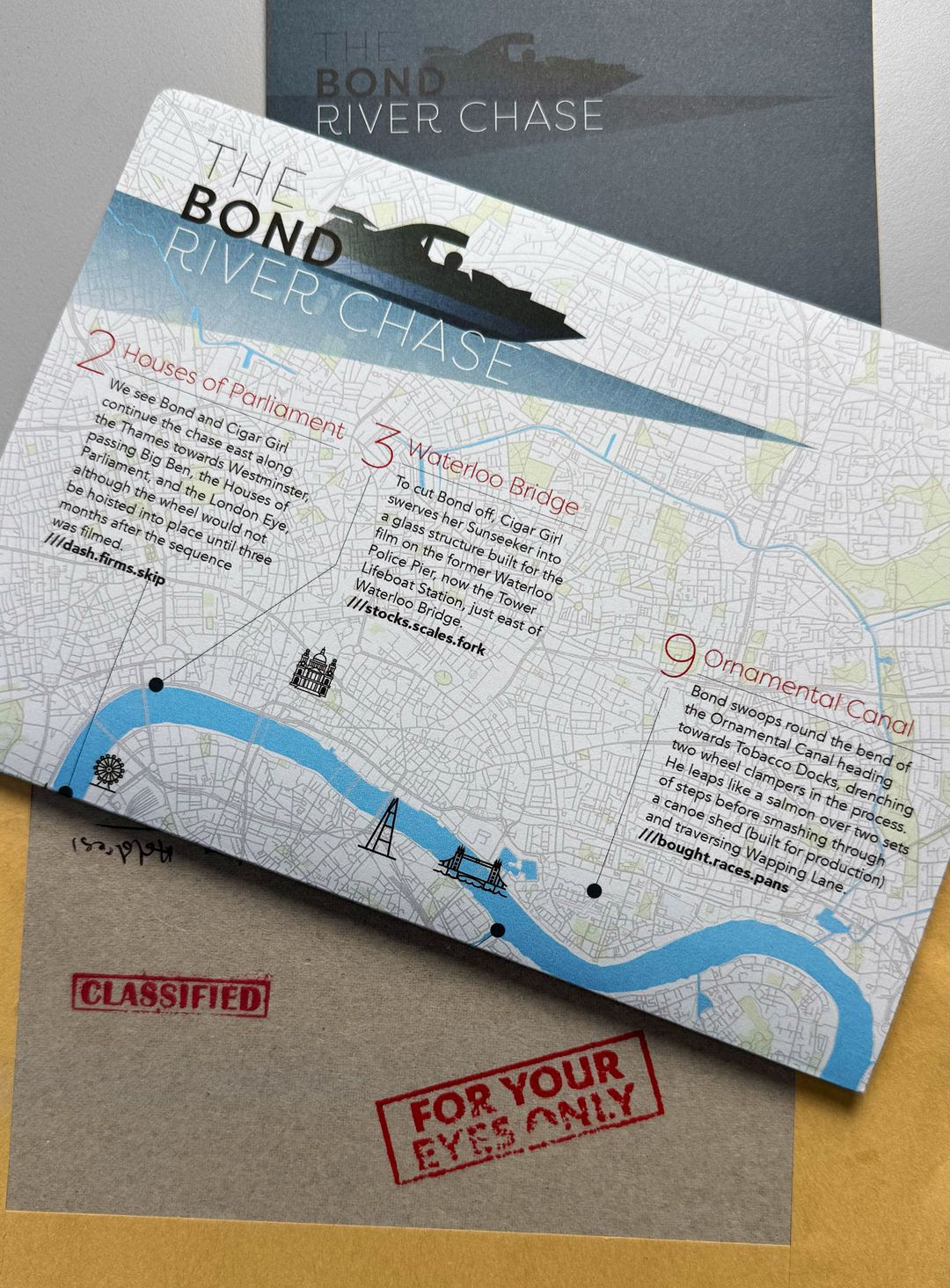
It is not always about what an object is but what it becomes in the right context. A pen in a typical classroom or office might seem ordinary. Yet in a suspense film, that same pen can transform into a hidden camera, a blade, or a tool that unlocks secrets.
Everyday items capture attention when they are used in ways that surprise viewers. This makes scenes feel more intense without relying on excessive effects. What appears harmless can quickly turn threatening, and that sense of unpredictability heightens the excitement.
Writers and directors often depend on this narrative device to keep audiences alert. When an object changes purpose, it stops being a mere detail in the background and becomes an essential element of the plot.
Symbolism Without Saying a Word
Objects can also carry symbolic weight in stories. Not every item requires a hidden function. Some props communicate through what they represent. A broken key might suggest a lost chance, while a pair of worn shoes could convey a character’s entire journey without a single word being spoken.
These quiet details leave a lasting impression. They encourage the audience to fill in the blanks, which creates engagement and allows viewers to feel like active participants in the story. It is an effortless way to add emotional depth without forcing it.
Games use similar techniques. In the Aviator slot game, the image of a small plane is more than decoration. It builds anticipation as players watch it rise, linking the visual with risk, reward, and movement. That plane graphic becomes part of the overall experience, adding meaning beyond its simple design.
When props connect with memory, emotions, or personal associations, they influence how stories are remembered. A familiar object presented in a new light becomes a shortcut for themes such as freedom, fear, or hope.
The Spy Genre and Functional Illusions
Almost every spy film includes gadgets disguised as ordinary items. This is intentional. By redesigning familiar objects as spy tools, creators make the story appear clever and believable.
Take sunglasses, for instance. Most people wear them to block out the sun, but in film they might record a conversation or scan a fingerprint. A watch may do more than tell the time. It could conceal a miniature explosive or serve as a silent alarm. These tools hide in plain sight, which makes them especially entertaining to watch.
Audiences also enjoy anticipating which item will come into play next. When a character enters a scene holding a simple newspaper or wearing a ring, viewers often experience a quiet tension. They begin to wonder what role the object might serve. This curiosity prevents scenes from dragging and gives each moment a sense of purpose.
The appeal lies in the dual function of these props. Viewers already recognise the object, so lengthy explanations are unnecessary. Attention remains on the action, while suspense builds as the audience waits to see how the item will be used.
This type of visual cue extends beyond entertainment. After watching enough spy scenes, people may glance twice at a stranger’s briefcase or question whether a pen is simply a pen. That is how strongly these portrayals can shape perception.
Familiarity and Surprise: Why It Works
The media often relies on simple, everyday items because their familiarity saves time and creates an instant connection. Audiences already know what a briefcase or umbrella looks like, so the story can move quickly to the twist.
That twist is crucial. Imagine a phone that doubles as a bomb or a lipstick tube hiding a flash drive. These unexpected changes capture attention precisely because they arrive without warning. The blend of comfort and shock is what keeps people engaged.
Stories that combine the expected with the unexpected are more memorable. The easier it is for viewers to imagine the item in their own lives, the more invested they become. This also makes rewatching enjoyable. Once someone knows what is coming, spotting the subtle hints adds another layer of fun.
Creators use these techniques not only to entertain but also to make key moments resonate. The focus is not on expensive effects but on the creative use of ordinary objects.
Final Words
Everyday items hold more significance than we often realise, especially once they appear on screen or in games. A pen might still be a pen, yet it can also serve as a message, a warning, or a clue. When the media gives new meaning to familiar objects, the story becomes stronger without the need for excessive explanation. The next time you see a plane graphic in a game or a pair of glasses in a film, you may never look at them in quite the same way again.






